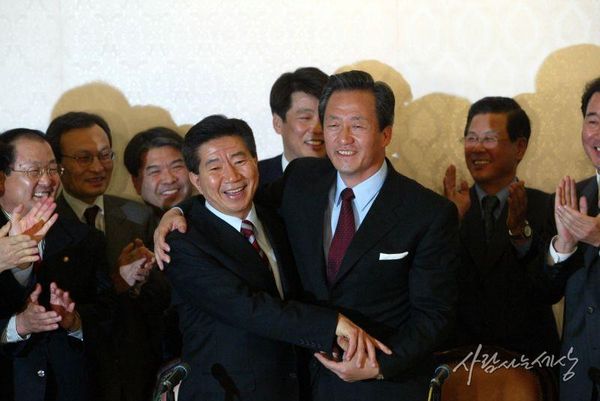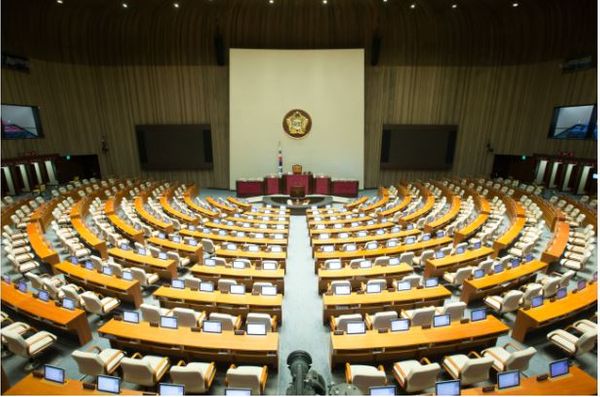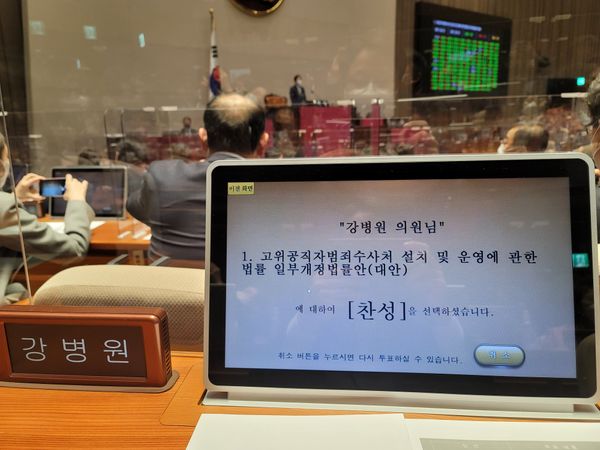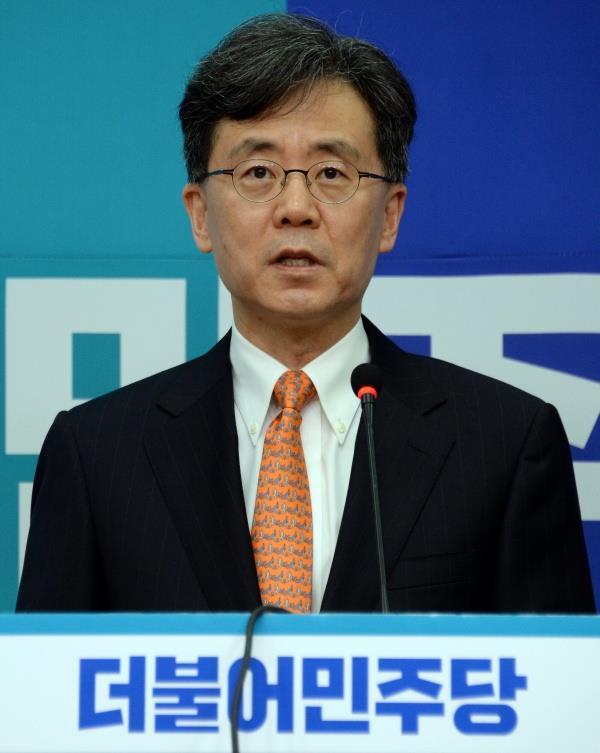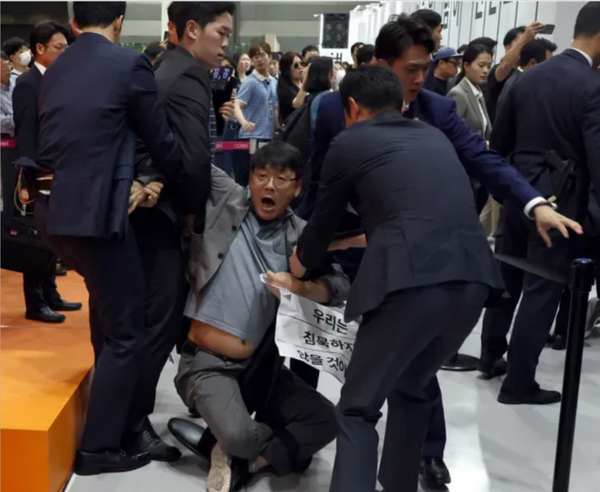Photo: Birds-eye view of Sejong Special Self-Governing City. Credit: Website of Sejong City Hall.
Below is an op-ed contribution by the Korea Economic Institute in Washington DC. Through its publications and public events, KEI advances understanding of the Korean Peninsula for policy-makers and the American public. Sign up here to keep up to date on KEI's upcoming events.
Efforts to establish Sejong 세종시 as South Korea’s new administrative capital has been ongoing for over a decade, but the ruling Democratic Party 민주당’s recent framing of the relocation as an economic policy offers insights into the political establishment’s priorities. Lawmakers proposed that the government convert the current National Assembly 국회 building on Seoul’s Yeoi-do Island 여의도 into a “fourth industrial revolution” science and startup cluster. Advocates claimed that this project would accelerate Seoul’s ongoing effort to become a global business hub and elevate South Korea’s international competitiveness.
This is a subtle but important shift from the way the government presented the capital relocation plan in the early 2000s. When President Roh Moo-hyun 노무현 campaigned on the promise of establishing a new administrative capital in the Chungcheong-do 충청도 region, the stated rationale was balanced development. Many progressives saw this as a move that would curb the concentration of resources in the capital region and bring investments back to peripheral provinces. Moreover, they claimed that it would cool the real estate speculation in Seoul.
There was significant opposition to the plan from conservative lawmakers who characterized the relocation as a pork barrel project that was aimed at buying local votes. Nonetheless, the relocation of the administrative capital in fact began under the conservative Park Geun-hye 박근혜 administration in 2012 when 12 out of 16 government ministries moved to Sejong. In addition to moving government agencies (including KEI’s sister organization Korea Institute for International Economic Policy), other public sector institutions moved operations to cities further away from Seoul. For instance, public utility provider Korea Hydro and Nuclear Power Company 한국수력원자력 transferred their headquarters to the southeastern city of Gyeongju 경주.
Indeed, the administrative capital began as a conservative project: the region around Sejong was previously chosen by dictator-president Park Chung-hee 박정희 in 1976 to host a new administrative capital. According to documents declassified in 2013, the main focus for the Korean government in the 1970s was to limit the danger of North Korea not only paralyzing the functions of government but also debilitating a large segment of the country’s population and economic activities with a sudden attack on the capital. Seoul’s proximity to the demilitarized zone is a vulnerability that continues to be discussed time-to-time by security experts today.
Today, however, the Democratic Party is trying to sell the capital relocation by the good it does to Seoul. The focus today on the positive effect that the capital relocation could have on the national economy is a reflection of the changes in South Korea. The threat of a North Korean ground invasion or artillery bombardment of Seoul is much lower today than it was in 1976. Simultaneously, the experience of facing accusations of pork-barrel spending in the 2000s has also shaped the way advocates discuss the capital relocation today. In addition to redistributing resources to smaller cities around the country, the government is presenting the project as part of a package deal that will benefit the whole country.
It is elegant messaging. But it also leaves some important questions. For instance: if the government is sponsoring frontier technology companies to establish themselves in Yeoi-do, would it not encourage more resources to flow into Seoul? This will not be the last we hear about South Korea’s plans around its new administrative capital and how to manage Seoul’s importance to the country.



